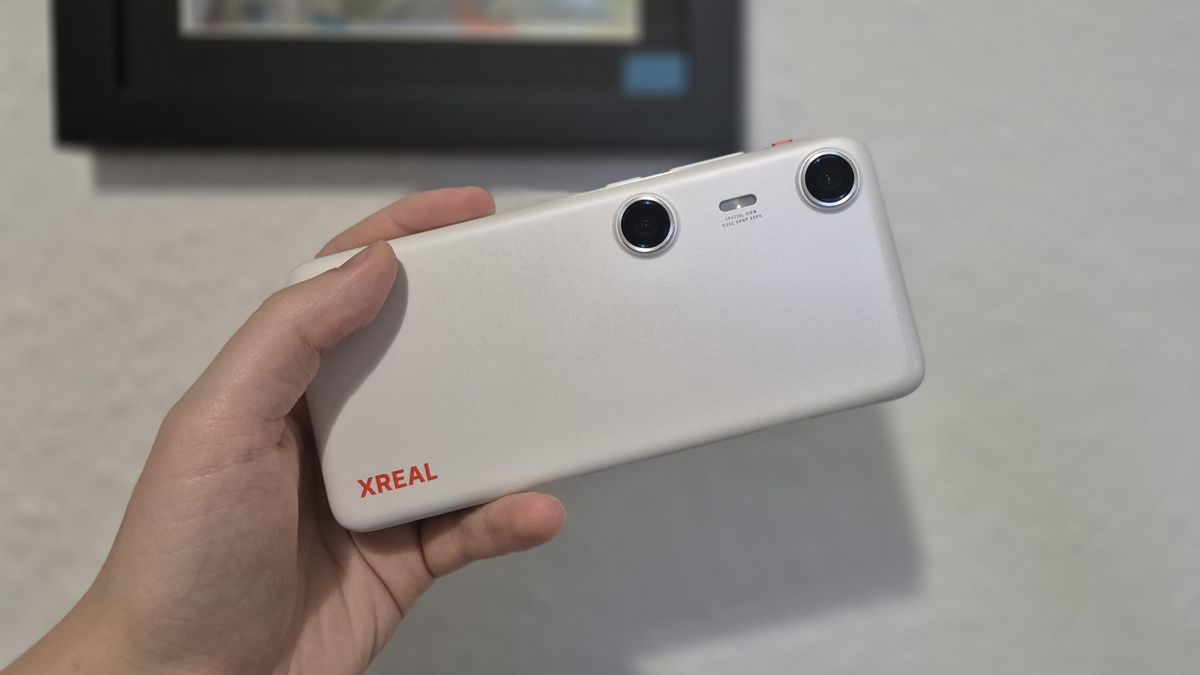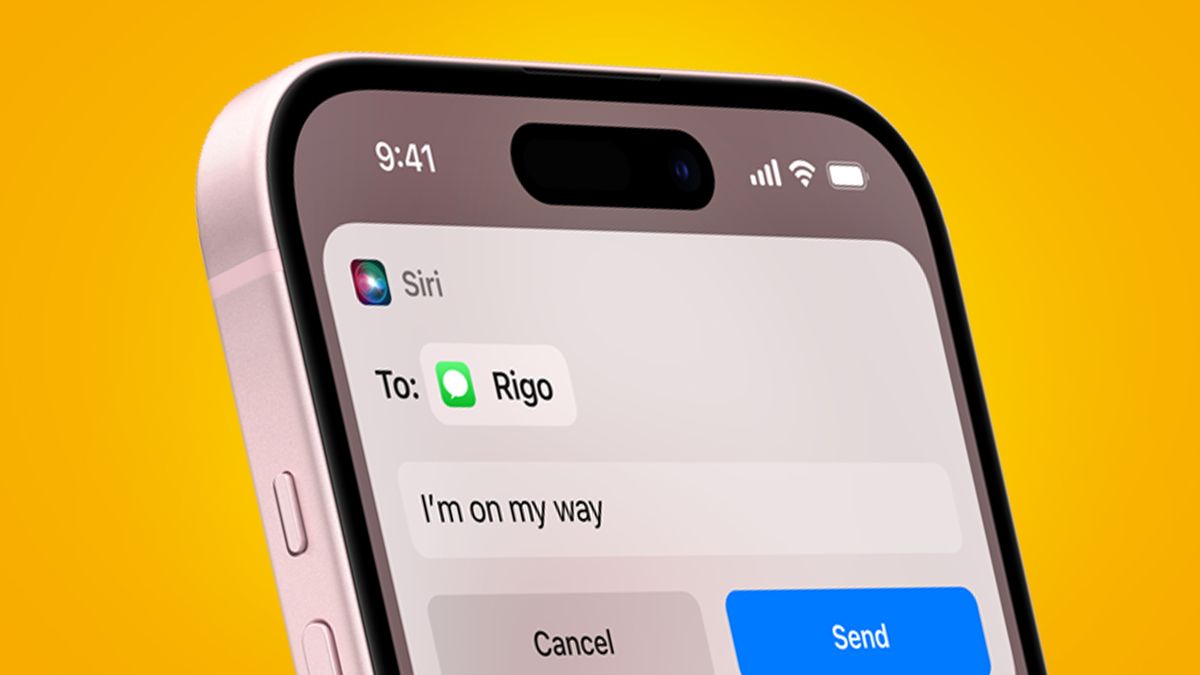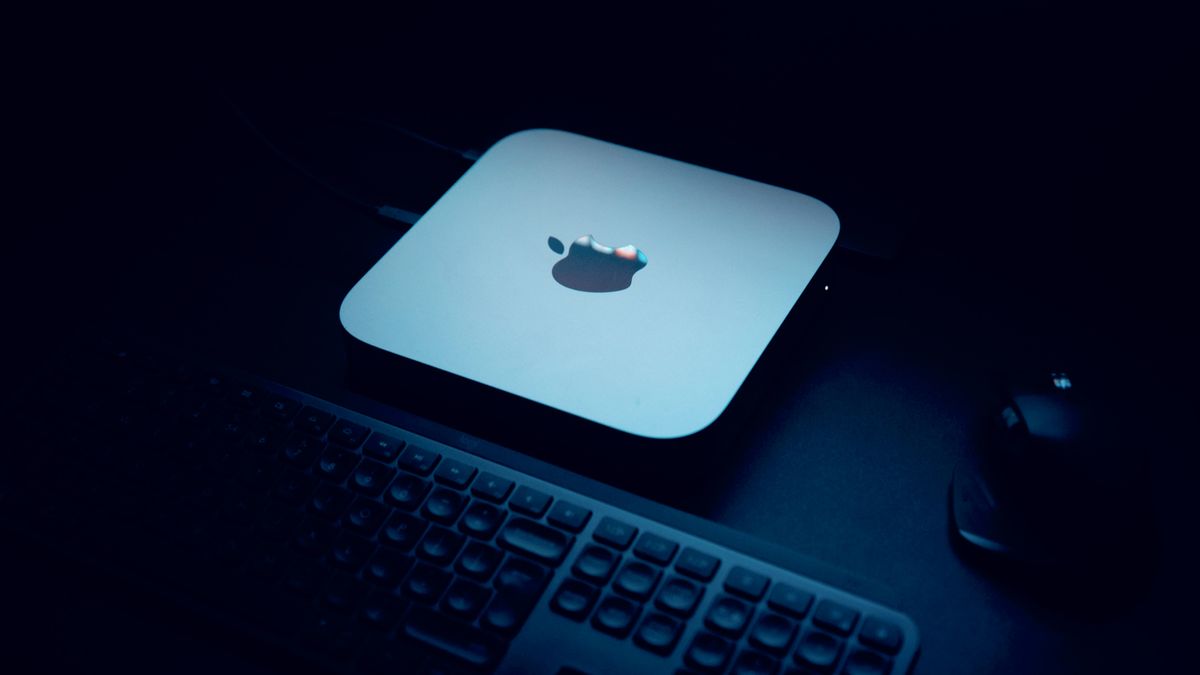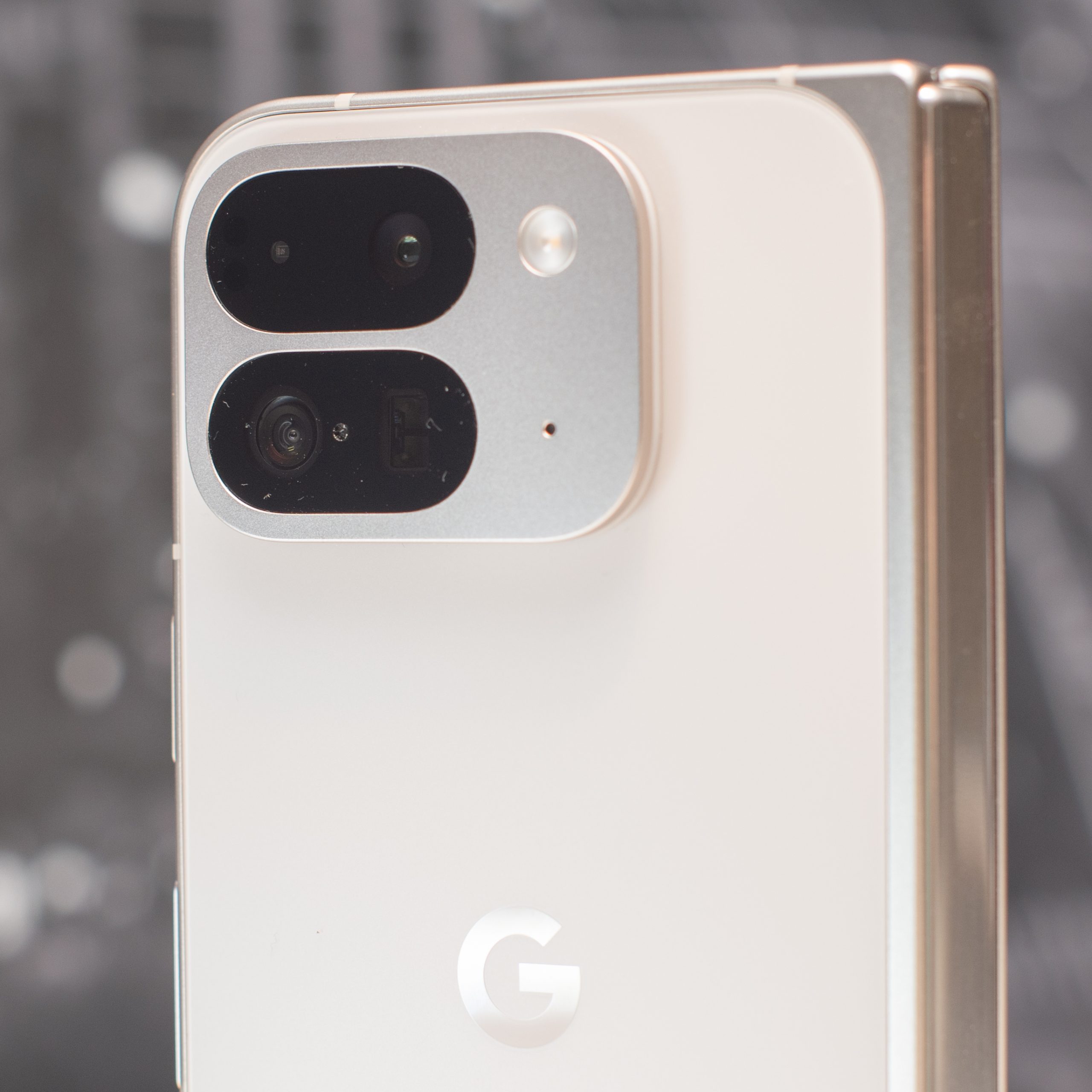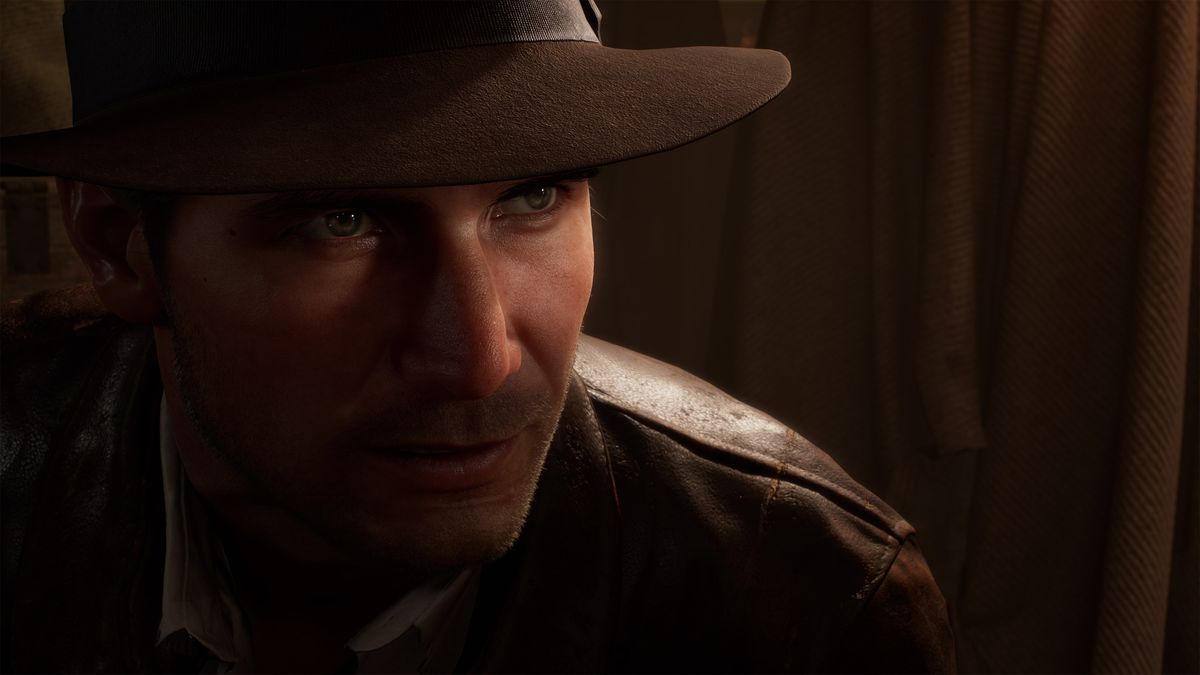Xreal Beam Pro offers a lot of what spatial computing has been missing in AR headsets.
It finally turns your Xreal Air or Xreal Air 2 into a full XR package instead of just a portable display. The smartphone-like wearable adds much-needed features like easy spatial photo capture without an iPhone 15 Pro and useful design details like two USB-C ports. Plus, it’s super affordable – just $199 / £189 for its base model on the official Xreal store.
Unfortunately, it fails to solve all the problems that AR smart glasses face, while also introducing some annoyances that are unique to this currently imperfect product.
There are plenty of reasons to love the Xreal Beam Pro (for people who use their Xreal glasses frequently, it's not far from a must-have accessory), but it fails to transform AR smart glasses into the generalized spatial computing device I hoped for.
Almost everything I wanted
For starters, what makes the Beam Pro fantastic are the spatial imaging-capable cameras on the back of the device, which are an XR convenience I didn’t know I needed. This dual-camera setup can record 1080p 3D video at 60 FPS or snap a 50MP 3D photo, and the results look fantastic.
As our own Lance Ulanoff has commented, when viewing spatial images with the Vision Pro, they are so much better than flat snapshots, and I wholeheartedly agree. So much so that I now carry the Beam Pro with me even without my Xreal glasses so I can capture memories in all their 3D glory.
The other big plus is the second USB-C port. Wired AR glasses can drain the battery of the connected device (it’s a problem I’ve had when using wired glasses of all brands with a smartphone), so the ability to charge the Beam Pro while wearing it is a benefit that can’t be understated.
Beyond this, the Beam Pro’s strong points are simplicity and price. Due to hardware quirks, XR glasses aren’t compatible with every product you’d think they would be, and buying adapters (if any) can be confusing even for tech-savvy people. The Beam Pro cuts through this chaos as the only add-on you need to complete your XR setup, as connecting your AR glasses to other tech devices is now an added benefit rather than a necessity. Plus, at $199 / £189, the Xreal Beam Pro is much cheaper than the phones it mimics, and it has a lot to offer.
That said, it does struggle technically at times.
Strange sacrifices were made
The base model (which I tested) comes with 128GB of storage, which is fine, though the 6GB of RAM is disappointing and can lead to some sluggishness; opting for the upgraded 256GB model which comes with 8GB of RAM for just $249 / £239 seems like a more than worthwhile upgrade to me.
The display also seems to struggle, perhaps due to a lack of processing power. When using the next mode (where the screen moves to always be in front of you), the image flickers from time to time and lags noticeably behind my head movements. Meanwhile, the body-tethered mode (which is supposed to keep the screen in a fixed place, as if using a virtual TV) doesn't always work as expected, with the screen constantly drifting away from its set position. That said, things have improved in this regard thanks to software updates over the past few days, suggesting that it could also be that the Nebula OS needs some improvements.
At the low price point, compromises are to be expected, but when you consider that a full Xreal Air 2 and Beam Pro headset bundle would set you back at least $598 / £588 (more than a Meta Quest 3), I'd want something with more power – at least 4K visuals and 8GB of RAM as a starting point.
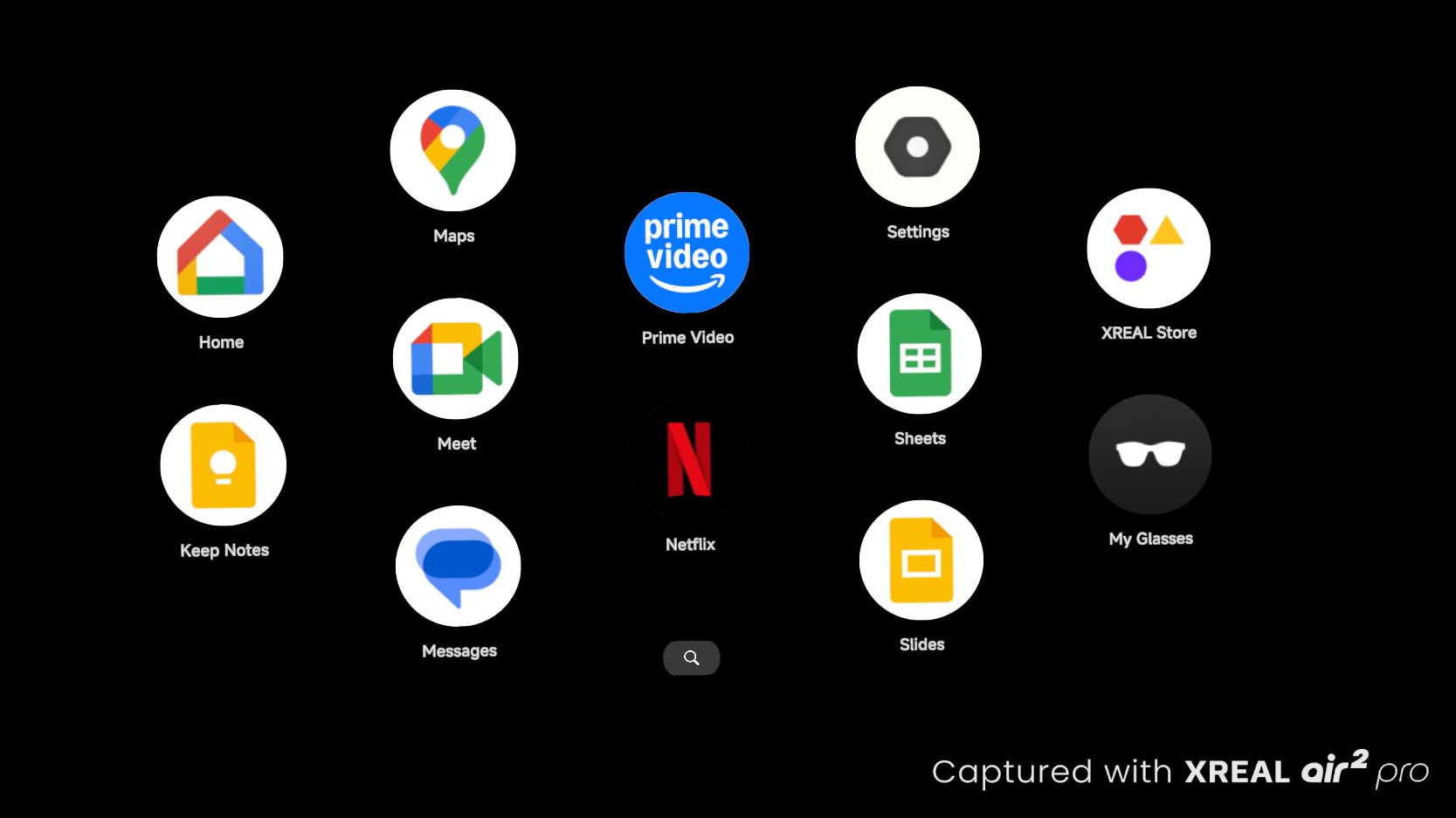
The software has its own drawbacks. While the app's design, similar to VisionOS, is aesthetically pleasing, app management is frustrating (on par with early smartphones).
The apps in this virtual layout don’t seem to be in any particular order, and trying to rearrange the chaos by dragging icons around is a pain, to say the least. The option to easily disable apps for this XR menu (so you don’t see everything installed on your Beam Pro) would be a start to making it less of a chore. Next steps should be simpler tools for rearranging icons (even an option in Beam Pro so you can use touch controls to drag apps around) and the ability to create grouped folders of apps, but it remains to be seen how extensive and frequent Xreal’s OS updates will be.
To round out my complaints, the Xreal Beam Pro is just too big. If it were a phone, the extra screen real estate would be a blessing, not a curse, but the Beam Pro (despite its appearance) is not a phone. It’s meant to be a wearable accessory and controller for your Xreal glasses, and thanks to its 6.5-inch screen, it struggles a bit in this regard: it sticks out noticeably from the back pocket of my jeans, and when using the controller, I have to constantly readjust my grip (or use two hands) to reach all the icons.
The Xreal Beam Pro isn't a standalone product, so it doesn't need features like a big 2K LCD when it could do with something smaller and lower fidelity. I'd go so far as to say that this device doesn't even need speakers; I'd be happy to do without them in exchange for more RAM or just a lower price.
Is the Xreal Beam Pro Right for You?
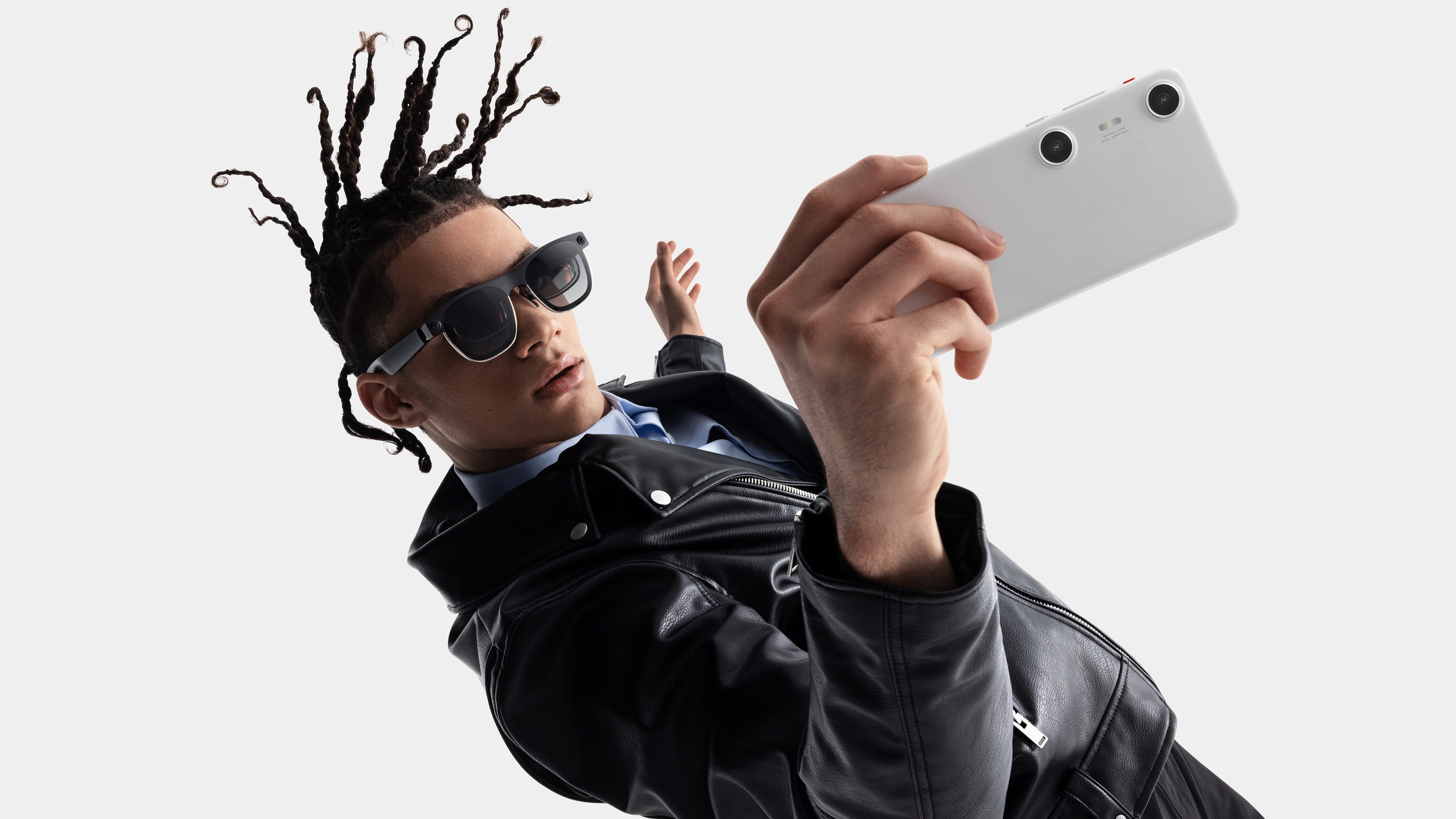
If you're looking for a portable smart TV for your augmented reality headset and a space photography capture device at an affordable price, the Xreal Beam Pro won't disappoint. In this regard, the Xreal Beam Pro is almost perfect.
But as a spatial computer it's neither powerful enough nor refined enough (at least not yet) to be a standout winner. I'm looking forward to seeing what improvements Xreal makes to Beam Pro's software in the coming months, and what hardware comes next.

